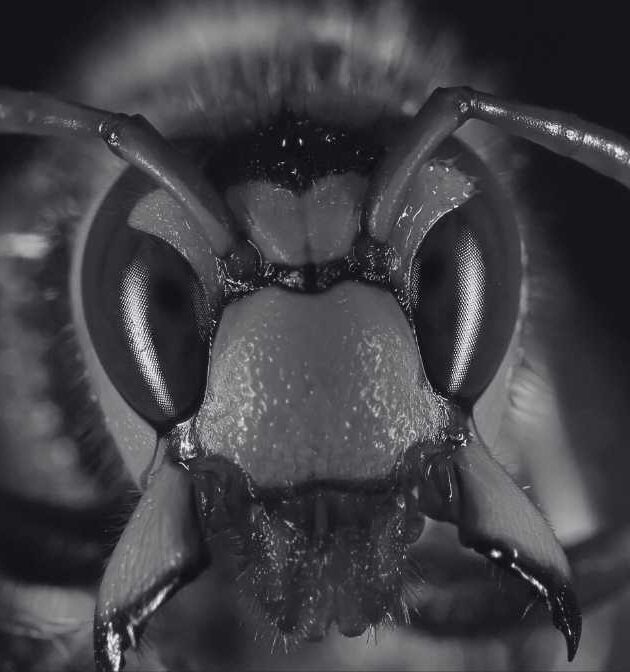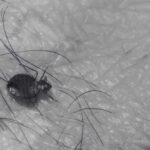
How to Quickly Identify Bed Bug in Singapore?
June 13, 2023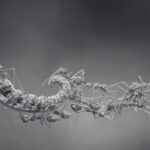
Defence Against Ants Infestation in Singapore with Powerful Techniques
July 14, 2023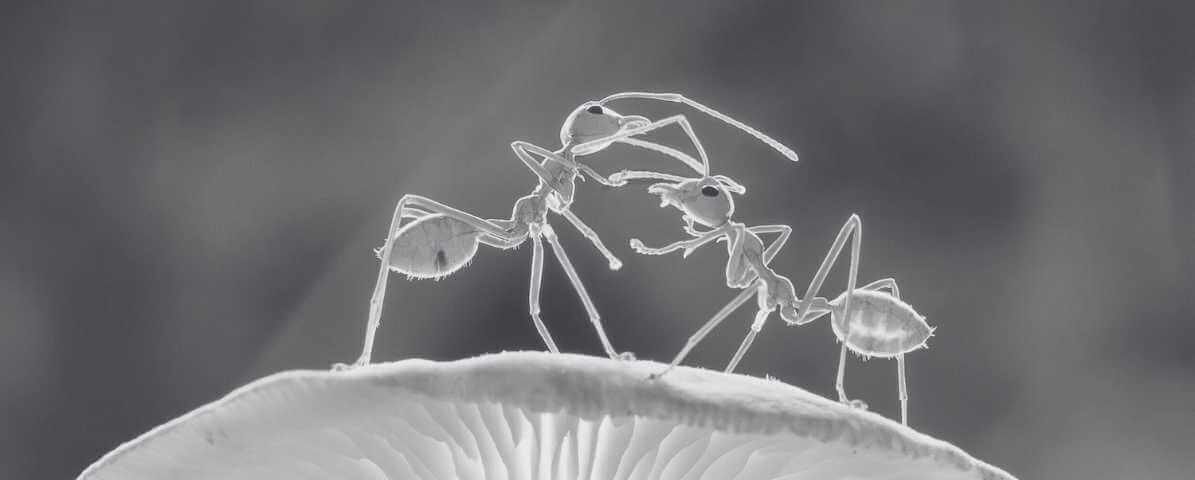
Ants Pest Blog
Understanding ant colony, group of ants species and their characteristics is your first step towards a pest-free property.
The Significance of Knowing the Different Groups of Ants Species and Ant Colony
Different Group of Ants Characteristic in Ant Colony
Understanding the diverse groups of ants and their characteristics is essential, especially for effective pest management in Singapore. Recognising how different ants behave, their social structures and life cycles allows our professionals to develop targeted strategies. We provide an in-depth overview of the various group of ants, their roles and their behaviours. Ants, though tiny, are complex social insects that form highly organised colonies.
Each species of ant exhibits unique behaviours and colony structures. Which influence how they forage for food, establish nests and reproduce. By understanding these differences, particularly roles of their various groups, such as queen ants, worker ants and male ants. We have better understanding of the effective pest management actions for a permanent solution.
Group of Ants Social Structure and Behaviour
Overview of Ant Colony, Various Group of Ants Social Structures
Ant colonies exhibit intricate social structures that facilitate colony growth and survival. This social system is base on division of labour with female worker ants and adult ants performing specialised roles. Example, carpenter ants (Camponotus spp.) are famous for their woodworking habits, often nesting within wood structures.
Depending on the species of ant, colonies can vary greatly in size and complexity. From small groups to massive underground or nesting systems. A typical ant colony comprises several distinct groups, each with specific roles that contribute to the colony’s survival:
Queen Ant
The reproductive heart of the colony, responsible for laying all ant eggs. Queens can live an exceptionally long lifespan, with certain species' queens living as long as 30 years.
Female Worker Ants
Sterile ants that perform chores like foraging for food, caring for eggs and larvae. Defending the nest and maintaining the colony.
Male Ants
Their main purpose is to mate with the mated queen during reproductive swarms. They generally die soon after mating.
The Group of Ant sBehaviour And Sociability Amongst The Nest
The Role of the Queen in the Ant Colony
In most cases, the queen ant resides deep within the ant nests, protected from predators and external disturbances. The queen ant’s ability to ant undergoes different developmental stages. All the way from larva, to pupa, to adult stage is fundamental to colony health. Many people wonder, "How long do ants live?" and the answer varies.
With most worker ants living for several months to a year, while queen ants can live for several years. The queen ant is the cornerstone of the colony and plays a crucial role in its sustainability:
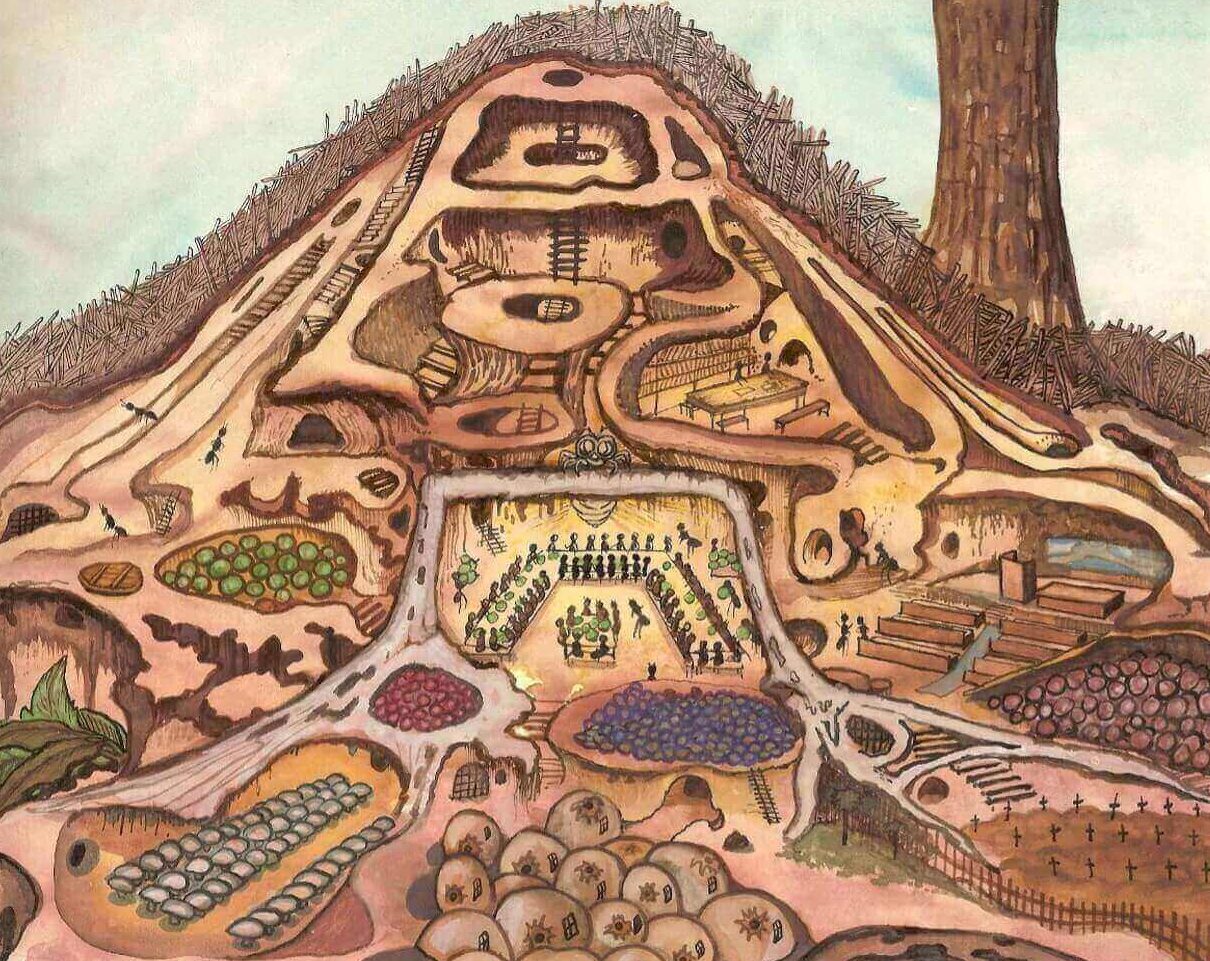
Reproduction
She is the mated queen responsible for producing ant eggs that develop into all subsequent colony members.
Egg Laying
She can lay thousands of eggs throughout her lifetime, depending on the species of ant.
Colony Expansion
Her reproductive capacity determines the ant colony's growth and longevity.
Understanding the Ant Eggs and Developmental Stages
Lifecycle Stages in The Ant Colony
The ant eggs are the starting point of all life cycle of an ant within the colony. They are tiny, oval-shaped and require care from female worker ants. The eggs hatch into larvae, which then grow into pupae before developing into adults. This complete ant life cycle from larva stage, pupa, to adult is crucial for colony maintenance and expansion.
Eggs
Eggs laid by the queen ant hatches within a few days to weeks.
Larva
The worm-like stage is where the ant larvae get feeding and protection by worker ants.
Pupa
The transformation stage, where the larvae go through metamorphosis.
Adult
The mature stage, which can be adult workers, males or queens, depending on the colony’s needs.
Carpenter Ants and Other Common Species of Ant
Exploring Different Group of Ants Characteristics
Carpenter ants (Camponotus spp.) are among the most familiar and notorious species of ant because of their nesting habits. They do not eat wood but excavate it to create hollow nests, often causing structural damage in homes and buildings. These ants are generally large in size, black or red and are active at night. Recognising carpenter ants in your property helps prioritise pest control and management efforts.
Especially since their damage can be significant if left unchecked. Identifying these various types of ants is essential to applying the most effective control measures. Depending on the species of ant, behaviours and nesting preferences differ:
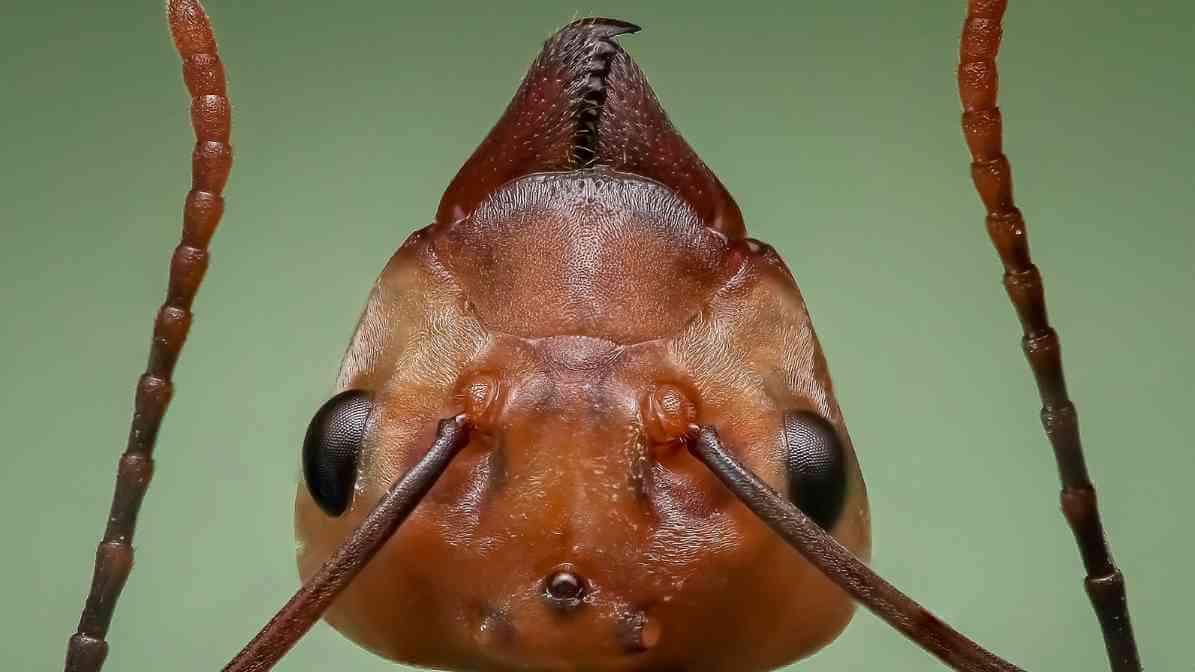
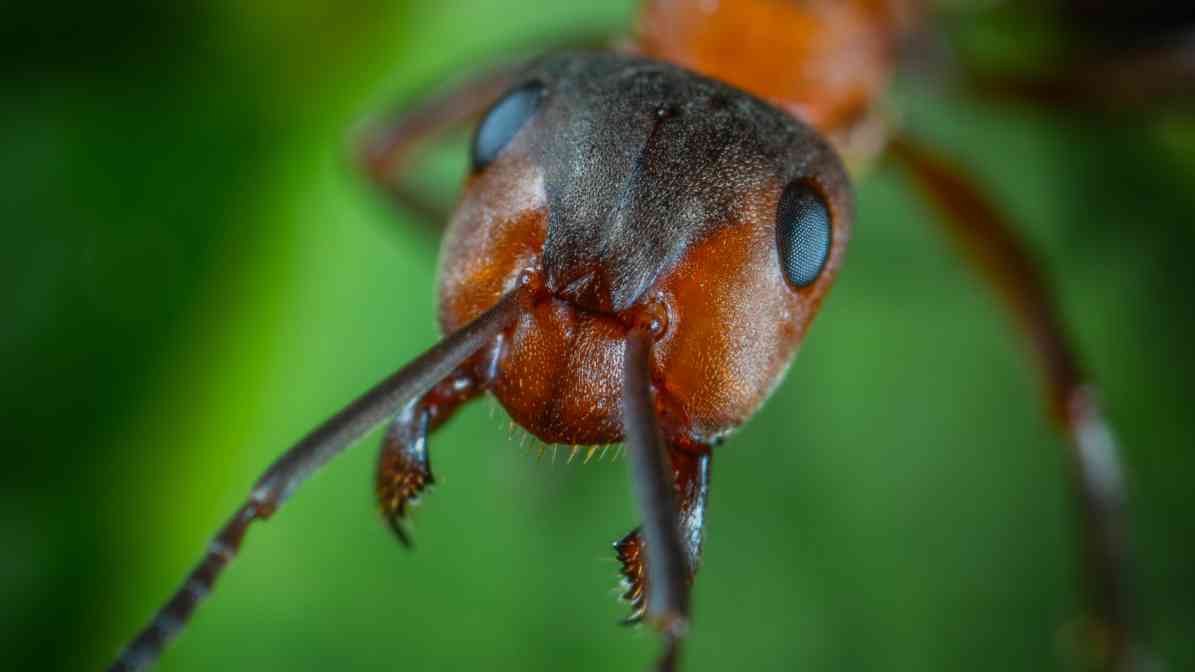
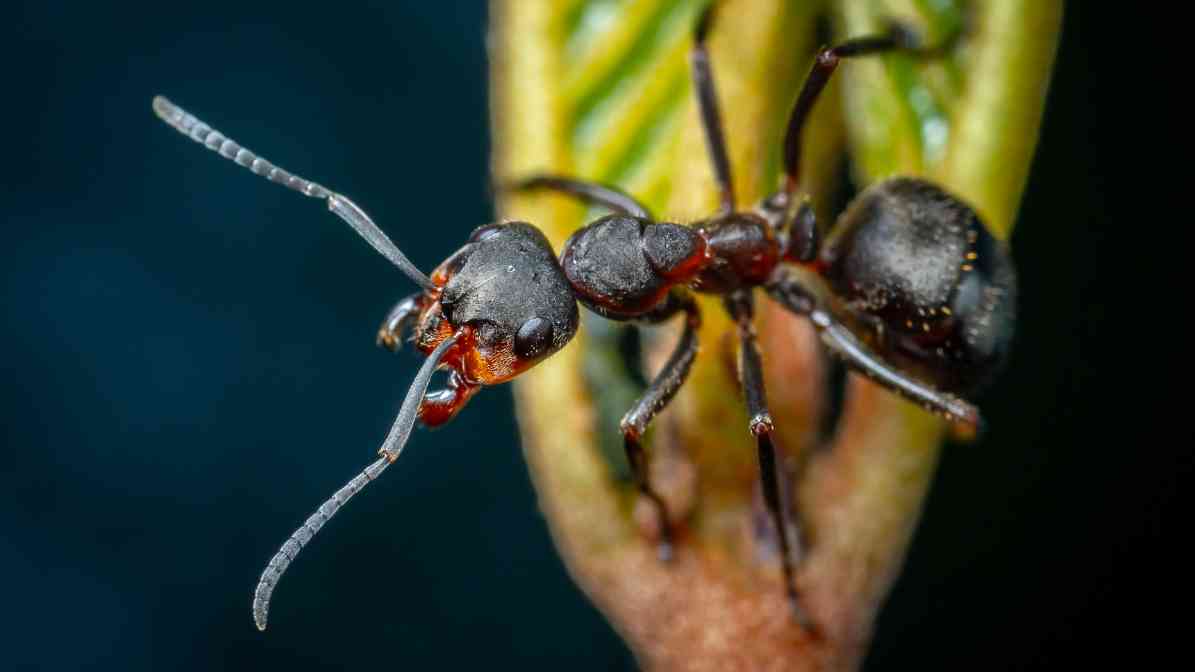
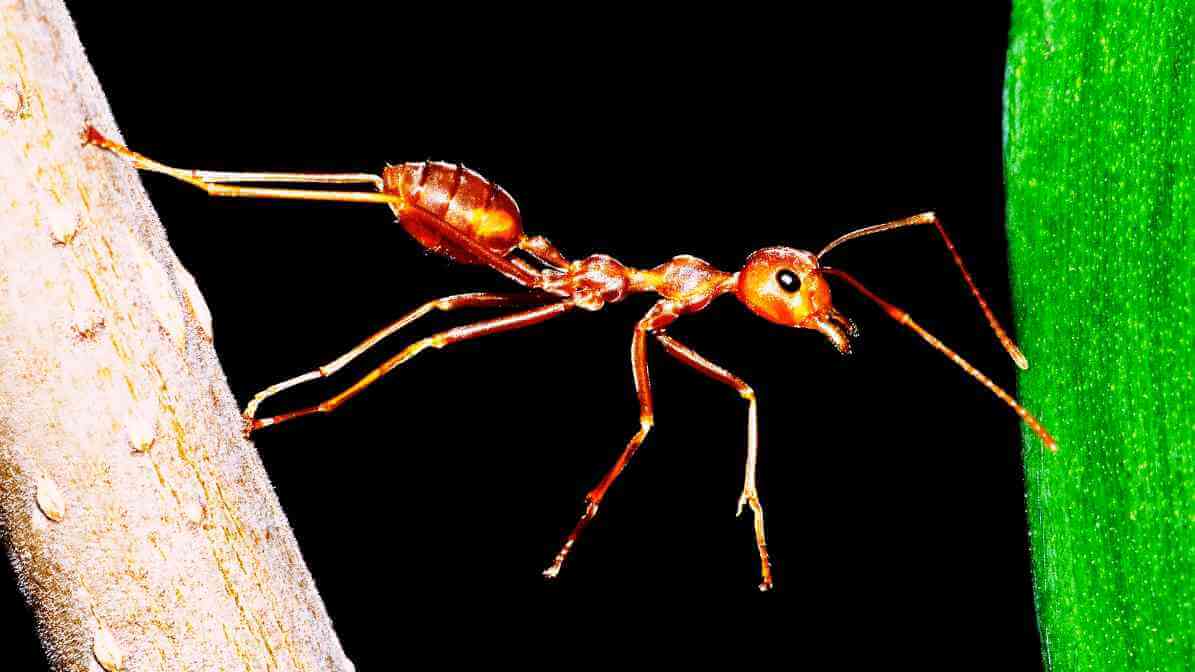
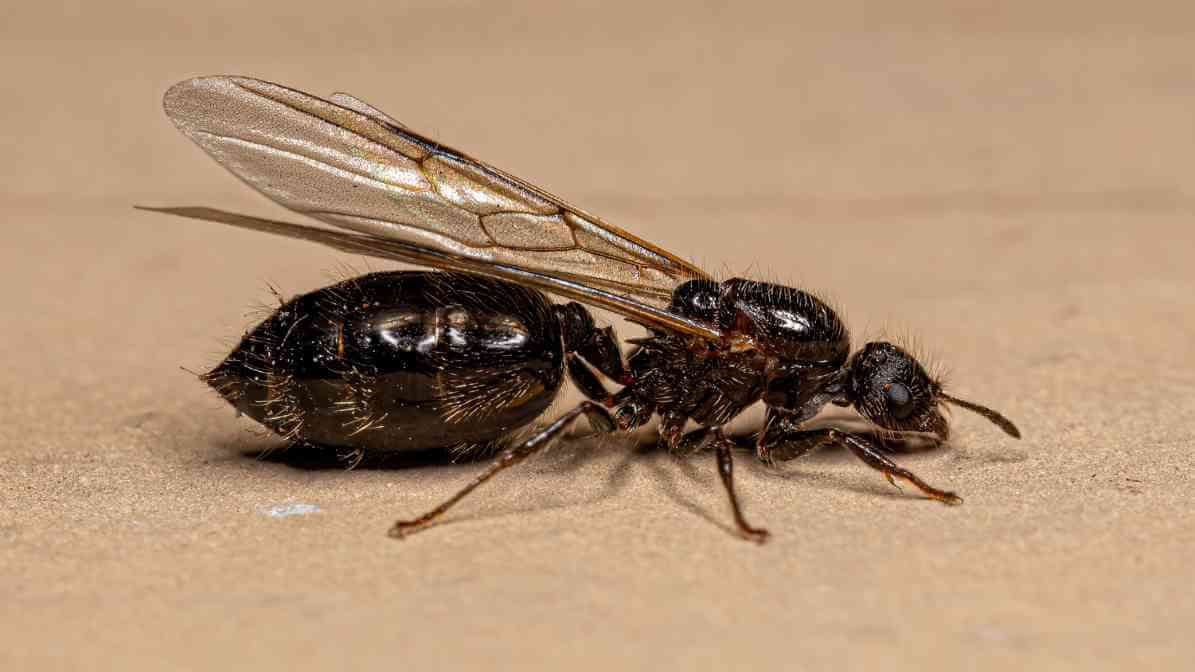
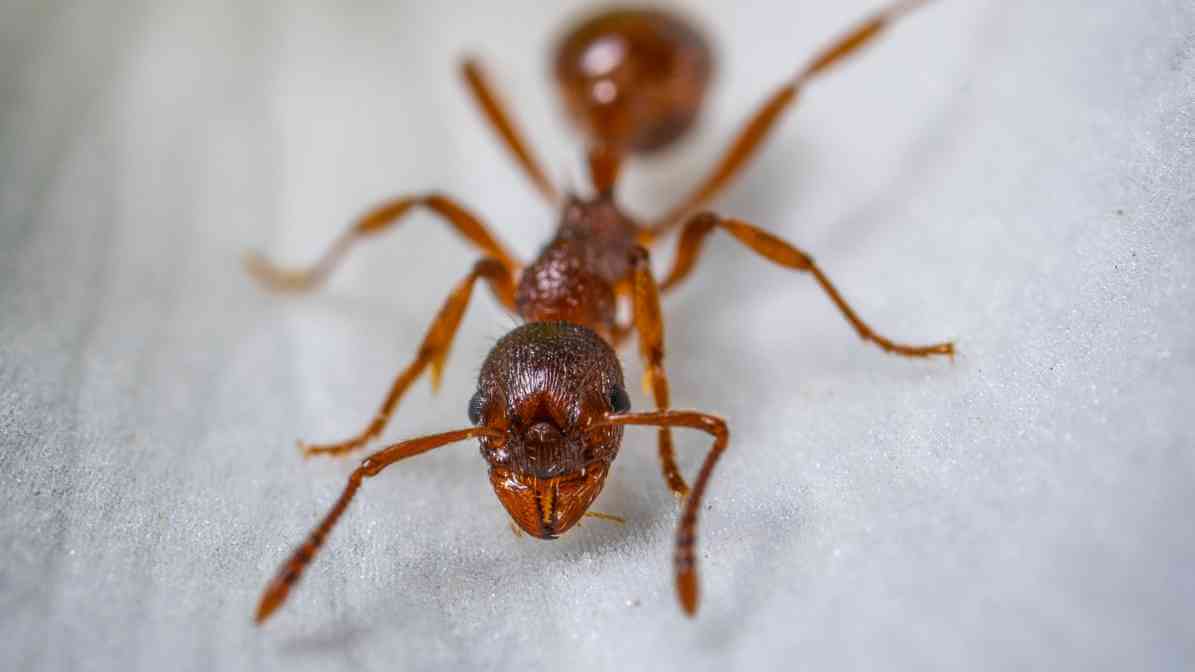
Fire Ants
Known for aggressive behaviour and mound-building.
Ghost Ants
Tiny in size and almost translucent, prefers the indoors.
Odorous House Ants
They emit a smell when crush and common in Singapore households.
How Most Group of Ants Forage for Food and Establish Food Sources?
Way Group of Ants Finds Food Source Establishing A Strong Colony
Ants are remarkable for their forage for food behavior. They communicate via pheromones, leaving chemical trails to guide other worker ants to food sources. Once they find a suitable food source, they recruit others in their ant colony to help transport food back to the nest. This coordination effort relies heavily on the colony's social structure and roles of female worker ants and adult worker.
Depending on the species of ant, their preferred food sources vary, from sweets and proteins to fats. An example, carpenter ants are attract to moist or decaying wood. But they also forage for sugary substances and protein-rich items.
Identifying The Ants Nests
Identify Group of Ants Species, Type of Nest, Mound
Detecting active ant nests involves looking for tell-tale signs like ant trails, mud tubes or visible mounds. Recognising these signs is fundamental for effective pest management, as treatments can then be target directly at the source. Nests of ants can be found in various locations, depending on the species of ant:
Underground Nests
Common among many types of ants, including pavement ants and fire ants.
Wooden Nests
Such as carpenter ants, which tunnel within wood structures, causing potential damage.
Indoor Nests
Some ants, like ghost ants or sugar ants, establish nests inside wall voids or under floorboards.
The Importance of Understanding Most Group of Ants Life Cycle and Behaviour in Pest Management
Enhance Effectiveness in Managing Group of Ants Infestation
In Singapore’s climate, where ant species complete metamorphosis can reproduce quickly. Early detection combined with targeted pest management significantly reduces damage and discomfort caused by ant invasions. A thorough understanding of the ant life cycle and behaviours significantly enhances pest control efforts. For example:
Targeting the Queen
Since the queen ant is responsible for laying ant eggs, eliminating her can help eradicate the entire ant colony.
Monitoring Eggs and Larvae
Addressing infestations before the larva pupa stages mature reduces the chance of re-infestation.
Applying Bait or Insecticides
Knowing types of ants and their preferred food sources helps in selecting the appropriate baiting strategies.
Why Recognising Different Group of Ants Matters?
Professional Require Tactical Approach To Crumble The Ant Colony
Knowing these distinctions helps in choosing the most effective control measures and preventing future infestations. Different species of ant display distinct behaviours, nesting preferences and social structures. For example:
Carpenter ants damage wooden structures.
Fire ants pose health hazards with their painful stings.
Odorous house ants invade kitchens and pantry areas.
Professional Ants Control Services for a Permanent Solution
Innovative Pest Blog Summary
The key to effective pest control and management lies in understanding ant characteristics. Gaining insights into the group of ants, social structure, lifecycle and unique behaviours enables professionals to implement effective strategies. Recognising the importance of queen ant, ant eggs and different types of ants foraging food is crucial for eradication. By understanding these aspects, you not only protect your property but also contribute to maintaining a balanced ecosystem.
Always stay vigilant and consider Innovative pest management experts for persistent or severe infestations. If you suspect an ant infestation or want to learn more about specific species of ants. Explore trusted resources or contact our local pest management professionals. Proper identification and targeted control are the keys to safely and effectively managing ant problems.




